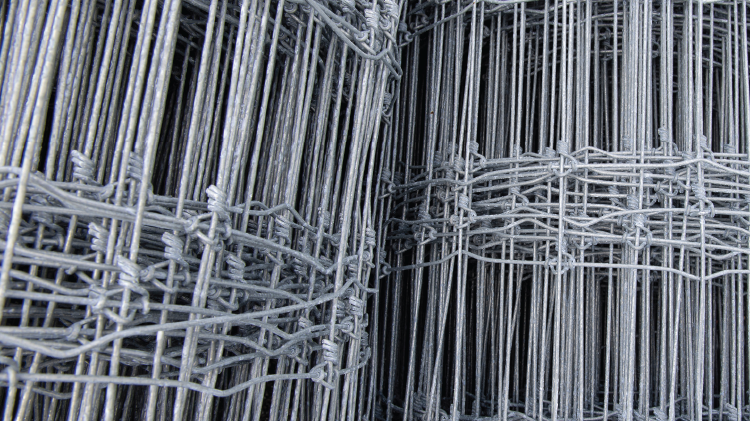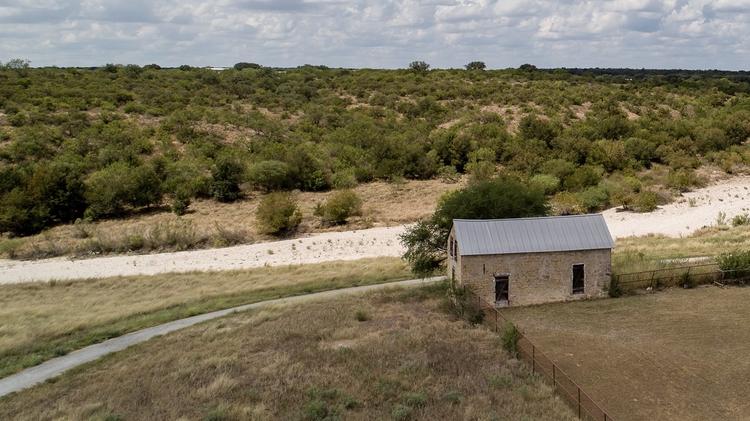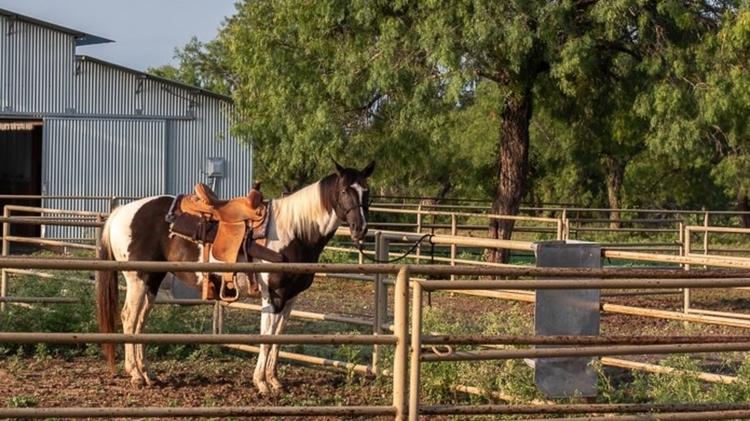
After determining the type of fence wire that you will use on your new high fence, there are some definite do’s and don’ts to keep in mind during installation. The cost of an 8-foot-high fence varies greatly depending on your location, soil conditions and topogra- phy. Check with fence suppliers and contractors in your area for more accurate pricing.
Some have the manpower and time to perform the job themselves, while others find that it is easier or more economical if the fence installation is hired out. If you decide to use a fence contractor, be sure to use one that has experience with high-tensile fixed knot
Plan out your fence.
Sit down with paper and pencil and draw out the fence. Be sure to in- clude gates, post spacing, braces and line posts. Include any special needs such as water, feeding pens or working pens. Think about your future needs and how that would affect the fence you plan to build.
Select the proper fence.
Fence fabric is determined by fence height, wire spacing, and post spacing which are all depen- dent upon the particular applica- tion. Remember, in lower pressure areas, you can use a more open wire pattern like 2096-6-330, which has a vertical wire every 6 inches, or 2096-12-330, which has a vertical wire every 12 inches. You can also increase your post spac- ing up to 25 feet. Areas of higher animal pressure will require tighter wire patterns like 2096-3-200 and closer post spacing of 12 to 15 feet.
Prepare the fence line and have the fence run in a straight line.
Fence fabric is determined by fence height, wire spacing, and post spacing which are all depen- dent upon the particular application.
Use the proper tools and materials.
Any tools or equipment that appear to be damaged, worn, or not functioning correctlyshould be taken out of service immediately and should not be used.
Design and build good braces.
Braces must be at the beginning and end of each straight run of fence. Braces are the key to a solidly built fence.
Tension the fence properly.
Properly trim the fence.
Keep the area clear.
Finally, after the fence is installed keep vegetation growth around the fence to a minimum.



